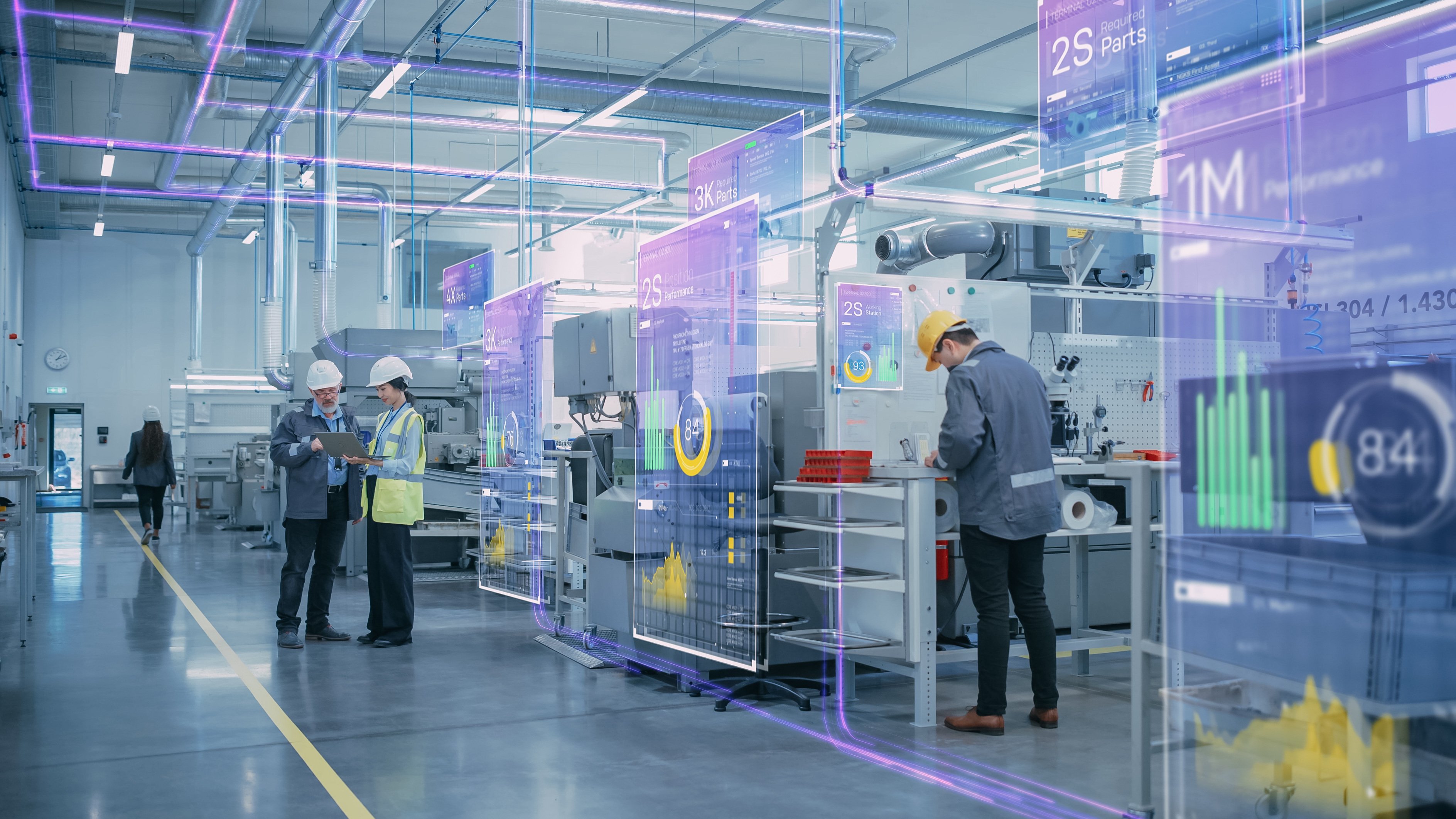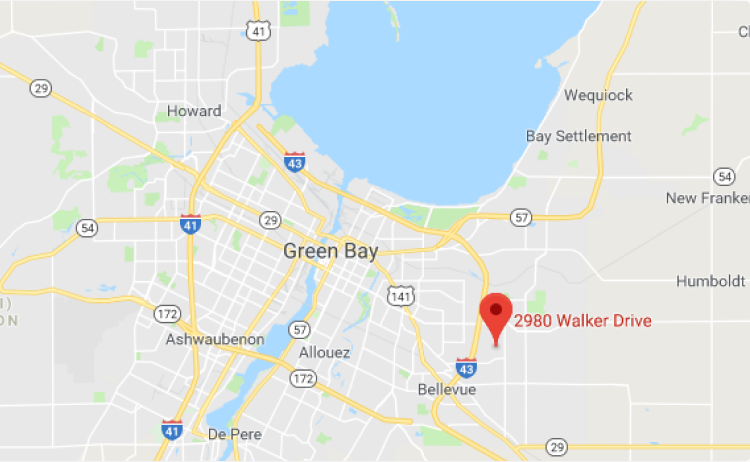Shop-Trak: Enhancing the User Experience Across Manufacturing Roles
The manufacturing shop floor is the heartbeat of any production facility, where raw materials are transformed into finished products through a complex and orchestrated dance of machinery, workers, and processes. It's a dynamic environment where precision and efficiency are paramount. However, it's also a place where complexity can be overwhelming, with workers juggling multiple tasks, machine operators needing instant access to critical information, and managers requiring real-time insights to make informed decisions.
Shop-Trak, a world-class Manufacturing Execution System (MES) that integrates seamlessly with the rest of Trak-Suite’s applications and services, steps in as a powerful solution that simplifies this complexity. Shop-Trak ensures that every worker has access to the exact tools and information they need, and nothing more – streamlining operations, reducing errors, and improving overall productivity. It empowers shop floor workers, machine operators, and managers to perform their tasks with confidence and precision, making it an indispensable tool for today's manufacturing environments.
In this second installment of our six-part series, we're diving deep into Trak-Suite, the exclusive suite of applications and services designed to optimize the usage of Infor SyteLine ERP across the back-office and shop floor. In this article, we'll explore how Shop-Trak revolutionizes the user experience for every manufacturing role on the shop floor, making it the ideal choice for seamless operations.
Perfectly Aligned with SyteLine ERP
Shop-Trak has a unique capability that sets it apart from the rest: it perfectly aligns with Infor Syteline ERP. It tailors the user experience for each manufacturing role, providing precisely the capabilities and information they need, and nothing more, making production workers and managers more effective and efficient. Let's dive into the specifics of how Shop-Trak achieves this.
Shop-Trak for Shop Floor Workers
User-Specific UI
Most ERP systems today are developed with functionality-based UI. Traditional functionality-based software often inundates users with complex screens, cluttered with every possible function. This leads to several drawbacks, including:
- Difficulty of Use: Such software is hard to use, which can be a significant hurdle during onboarding and training.
- Time-Consuming Training: Learning these systems takes a considerable amount of time, hampering productivity.
- Lack of Personalization: Users often don't feel that the software is meant for them, causing frustration.
- Error-Prone: The complexity increases the chances of making mistakes, which can affect everything from data quality to expensive production line errors.
- Low Acceptance: The frustration level results in higher rejection rates by key users.
One of Shop-Trak’s key differentiators is its user-specific user interface (UI), which eliminates all these issues. When setting up individual workers, you simply click the appropriate radio buttons and checkboxes to select their capabilities for each role and employee. This includes transaction types, languages spoken, closing jobs or operations, entering pieces completed or scrapped, issuing materials, requesting time off, and checking sick and vacation time.
The beauty of Shop-Trak is that it automatically makes necessary screen adjustments as soon as the worker logs in. There are no unneeded options, screens, fields, or capabilities. It eliminates the noise, resulting in a cleaner, more intuitive, and completely personalized experience for every worker. This translates to easier onboarding/training, better acceptance, higher data accuracy, improved reporting, and supreme confidence in job costing, inventory accuracy, and more.
All of these useability benefits were created for a couple of specific reasons. The first reason is the most apparent. When anyone feels like technology is benefiting themselves and simplifying their work, as compared to doing so for others, they will use it well. The second reason is more hidden. When they use technology well, they count on the results, which means the data quality improves for them and everyone across the organization. The improvements go wide and deep, into more accurate schedules, more accurate delivery promises to customers, lower inventories that turn faster, better cash flow, increased worker utilization (transforming directly into increased machine utilization), along with a business and shop that generates a stronger return for the company.
Introducing Shop-Trak FLEX
Shop-Trak has taken personalization a unique step further with the introduction of FLEX, the platform’s newest capability enhancement allowing greater efficiency across the shop floor. FLEX can be deployed through shared, dedicated, or a combination of kiosks. For machine operators requiring detailed information at their fingertips, FLEX is the tool of choice. It adapts to the needs of the production operation, showing only the information necessary for the task at hand.
FLEX not only enhances efficiency but also eliminates the mountains of paper-based job packets, transitioning your shop floor into a digital extension of your ERP system. This move from a paper jungle to a clean, digital workspace streamlines operations and boosts productivity.
In short, Shop-Trak FLEX provides clean, concise, accurate, and relevant information, eliminating the clutter and presenting the right data for the job at hand. It's a game-changer that improves utilization, efficiency, and quality across your shop floor.
Shop-Trak for Shop Floor Managers and Supporting Roles
Shop-Trak's commitment to enhancing the user experience extends beyond shop floor workers. The software provides unique capabilities for different management roles, including CEOs, CFOs, COOs, Shop Floor Managers, Quality Control Specialists, and Planner/Schedulers. Each role-specific dashboard is tailored to meet the unique needs of professionals, enabling them to:
- Monitor real-time progress.
- Respond quickly to exceptions.
- Keep a watchful eye on machine statuses.
- Perform in-depth analyses.
- Monitor efficiency.
- Track utilization.
- …and much more.
For those who embrace Managing-by-Walking-Around (MBWA), Shop-Trak seamlessly integrates with Beacon-Trak, another Trak-Suite application we'll explore in the next article in this series.
Shop-Trak Across Diverse Industries
Whether your manufacturing process follows Lean principles or is more traditional, Shop-Trak is a versatile solution that spans various industries, including aerospace and defense, industrial machines, metal fabrication, precision and contract machining, windows and doors, automotive, transportation equipment, and more. It's not just another Manufacturing Execution System (MES) – it supports IoT machine monitoring, meets DoD cyber-security requirements, and caters to companies with revenue ranging from $3.5 million to over $4 billion.
When used in conjunction with other integrated solutions within Trak-Suite, Shop-Trak's power becomes truly revolutionary. The cohesiveness of Trak-Suite ensures that all applications work harmoniously to fill critical functionality gaps, creating a seamless, streamlined user experience that transcends the sum of its parts.
Experience the Trak-Suite Advantage
By aligning seamlessly with Infor Syteline ERP and offering user-specific interfaces, Shop-Trak simplifies and optimizes operations, from shop floor workers to managers, executives, and beyond. The result is increased efficiency, reduced training time, higher data accuracy, and greater overall satisfaction among users. It's a tool that empowers your workforce to excel in their respective roles and deliver unparalleled productivity.
Shop-Trak is just one piece of the Trak-Suite solution, which delivers unprecedented productivity and efficiency across your manufacturing operations. Contact us to learn more about Trak-Suite or request a free demo. And stay tuned for our next article where we'll explore the benefits of Beacon-Trak, bridging the gap between supervisors and workers with real-time information at each production point. It's yet another step toward achieving an optimized and streamlined manufacturing operation.





